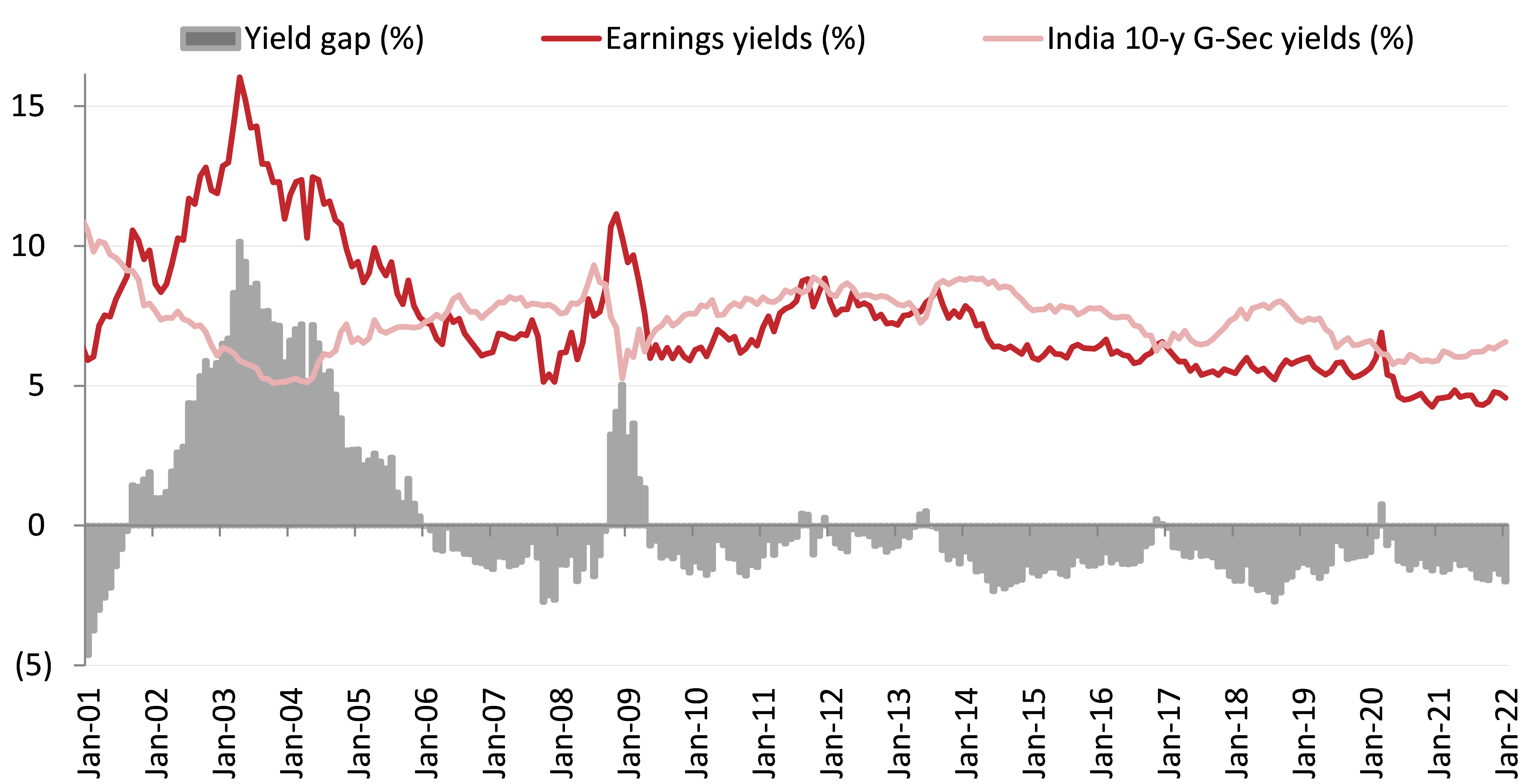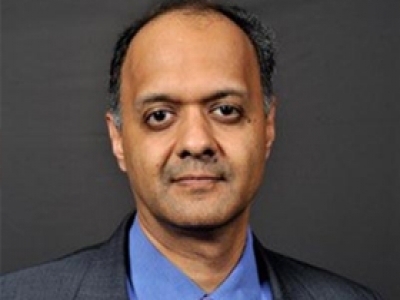Listen to this article
Equity valuations have been a point of debate for some time now. For some, the valuations are too high and for the rest they are justified. The difference in opinion is a result of varying perspectives on price-to-earnings (P/E) ratio. For some, a P/E of 25 can be costly while for some it can be as high as 35.
The solution to this issue, according to Ravi Gopalakrishnan, CIO-Equity, Sundaram MF, is the 'yield gap', which is the difference between the bond yield and equity yield (calculated as 1/PE).
"This is a fantastic way of assessing where the markets are. People often talk of P/E in insolation. That's not the right thing to do. You also have to see where the interest rate cycle is. Markets do not understand absolute values, they only understand differentials," he said.
How to use the yield gap?
The yield gap widens when the markets start getting expensive. Typically, markets change directions when the gap goes beyond 2.5 to 3 percentage points, Gopalakrishnan explained at the Cafemutual Ideas Fest 2022. "This has been the trend always in India and across the world," he added.
"Today, the gap is about 2 percentage points as bond yield is 6.5% and the equity yield is 4.5% (1/PE or 1/22 = 0.045 or 4.5%). If markets keep going up, the gap will widen unless the earnings growth goes up meaningfully," the CIO explained further.
Here’s a yield gap graph shared by Gopalakrishnan:

What if rates start to go up?
Any of the two graphs — bond yield and equity yield — can lead to a change in market direction. Markets can change course even if valuations remain the same but the interest rates go up substantially. "The market has to either go up by about 25% from here to become really expensive or the interest rates have to rise so much that investors start shifting money from equities to debt," Gopalakrishnan said.







